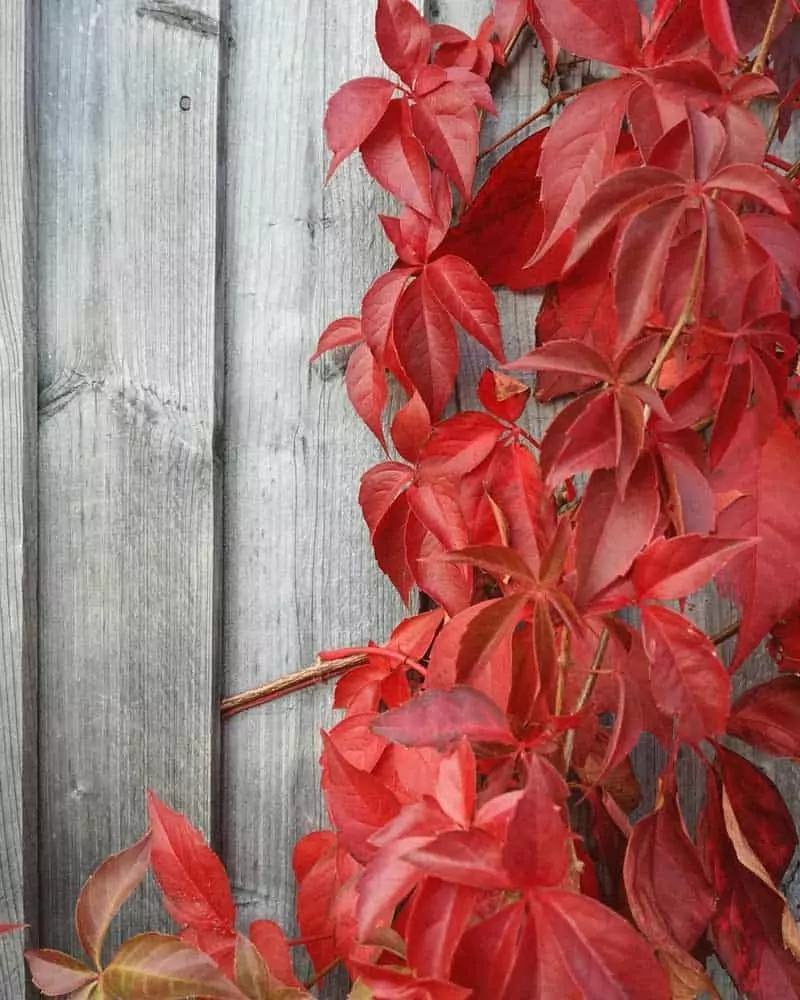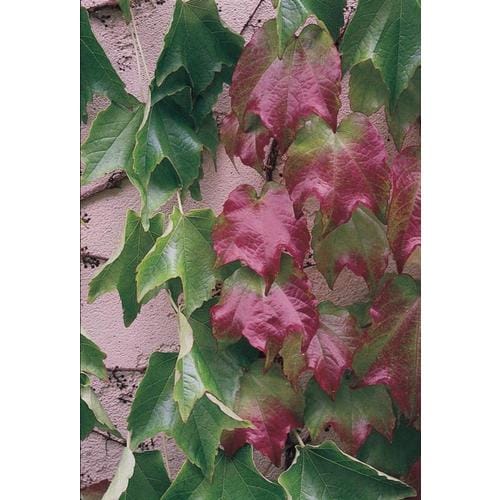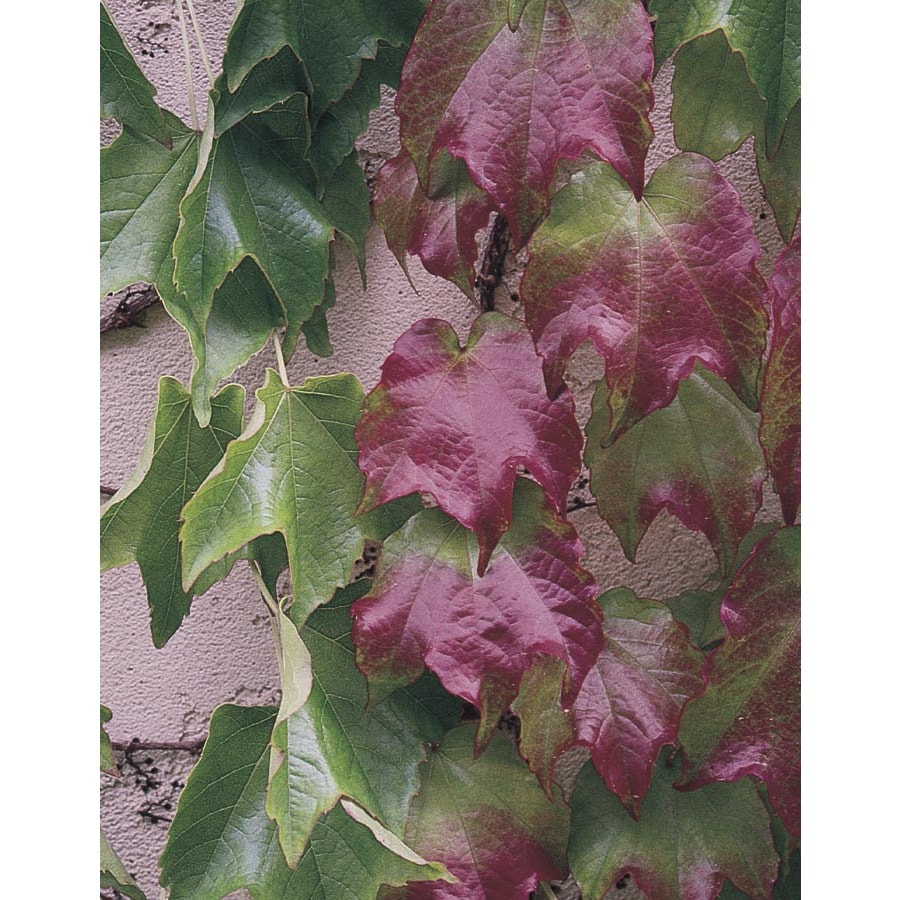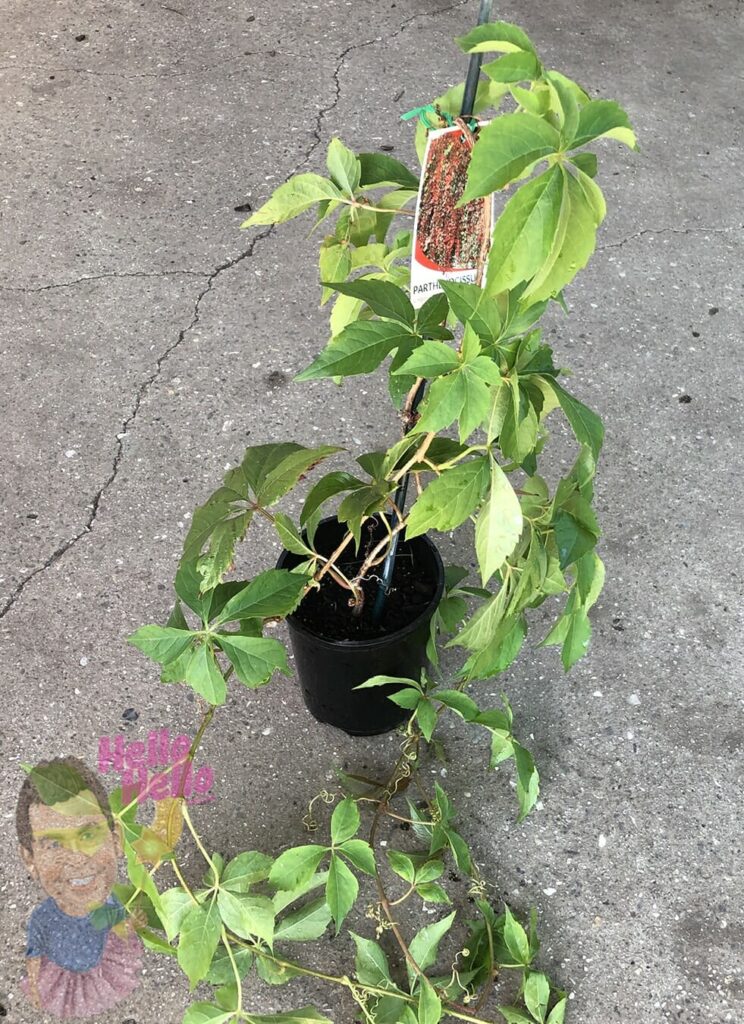
25 Climbing Plants For Pots For Spectacular Greenery Displays
How to Plant, Grow and Care For Virginia Creeper 2.58M 1.1M 2.8M 902K 85.1K Categories Shop Edible Gardening Companion Planting Fruits Grains Harvesting Microgreens Nut Trees Vegetables Ornamental Gardening Bulbs Cacti & Succulents Flowers Foliage Ground Cover Houseplants Shrubs Trees Vines Soil & Compost Mulching Fertilizers Soil Improvement

3.58Gallon in Pot Virginia Creeper (L5124) in the Vines department at
Virginia creeper is one of the most versatile perennial vine plants in existence. But sadly, it's greatly misunderstood. It's even considered a weed! While it's easy to grow and requires almost zero care other than pruning, it can overwhelm your garden.

2 Plants LIVE Virginia Creeper in Pot Vines
The Virginia Creeper, a Beautiful Plant Certainly, it is a beautiful plant; the stems have five leaflets and are pleasantly attractive, especially in May when they are still 'Spring Green,' but this pleasantly attractive vine does tend to take over. Most gardeners plant the vine for privacy.

2 Plants LIVE Virginia Creeper in Pot Vines
Virginia creeper, like most native plants, is a cinch to grow and can become invasive in rich, moist soil. Transplant a nursery plant or take hardwood cuttings. If the plant grows wild near your house, simply dig up a few small plants and move them. Keep plants evenly moist, especially during the first growing season as roots become established.

Virginia Creeper Fast Growing Climber 2L Pot Parthenocissus Quinquefolia Martin's Nursery
Virginia creeper is heaven for birds and insects, providing food and roosting opportunities where it is allowed to flow freely. Native plants host a wider variety of native wildlife, and climbers are particularly noted as shelter for invertebrates. For a wild garden, or a relaxed front path, growing Virginia creeper is an act of generosity.

2.5Quart in Pot Virginia Creeper (L5124) at
Virginia creeper or Parthenocissus quinquefolia is also known as Victoria creeper, five-finger, or five-leaved ivy. In some locations, it is also called woodbine, but this term can refer to a variety of similar plants. The Virginia creeper can be grown in a container, and it is a good method for keeping the potentially invasive roots in check.

Container Grown Virginia Creeper Can You Grow Virginia Creeper In A Pot
Virginia Creeper needs full sun to reach its full potential and put on a stunning fall foliage show, but consider planting in an area with partial shade when grown in warm climates.. Quart Pot Also Know As: Quart Plant Age: ~ 6 months - 1 year Plant Size: ~ 4"-8" Pot Size: ~ 4.75"H x 4.5"W Volume: 1.50 quarts. 2.5 Quart Also Know As:

Parthenocissus 'Virginia Creeper' 6" Pot Hello Hello Plants & Garden Supplies
Botanical Breakdown. Scientific Name: Parthenocissus quinquefolia. Common Name: Virginia Creeper, Five-leaved Ivy. Family: Vitaceae. The Virginia Creeper is a deciduous vine recognized for its compound leaves comprising five leaflets. These leaflets often give the appearance of a hand, making them quite distinguishable.

Virginia Creeper in Pots Moeller’s Nursery
Virginia creeper is a prolific plant that is easily grown from cuttings; however, the use of seed is possible. Sow directly into soil that has been amended with peat moss or sand. Bury the seeds about 3/8 inch deep and keep them to no more than 10 per square foot. Provide deep watering once a week.

Virginia Creeper Fast Growing Climber 2L Pot Parthenocissus Quinquefolia Martin's Nursery
Virginia creeper can be said to be one of the best looking deciduous vines; it has green leaflets that come in 5, creating one whole leaf. Its Latin name is Parthenocissus quinquefolia, where the second part of its name gives a clue to its nature. Quinque means 5 and folia means leaves, hence it literally translates as 5 leaves.

"Virginia Creeper in Terracotta Pot" by Fara Redbubble
The Virginia creeper — Parthenocissus quinquefolia — is a fast-growing and aggressive flowering vine that will grow voraciously (and get out of control very quickly).. in moist vermiculite or peatmoss for eight weeks in a refrigerator at 40 degrees before planting them outdoors or in pots.

Virginia Creeper Fast Growing Climber 2L Pot Parthenocissus Quinquefolia Martin's Nursery
last updated June 20, 2021 A vigorous and fast-growing vine, Virginia creeper ( Parthenocissus quinquefolia) is an outstanding plant for nearly any soil and light situation. Growing a Virginia creeper vine provides a nearly carefree addition to the landscape. Virginia creeper maintenance is limited to light pruning and tying up.

2 Plants LIVE Virginia Creeper in Pot Vines
The pot is 50cm in height, and the plant is around 60cm tall at the minute. Has anyone grown a Virginia creeper in a pot? Do they grow well in pots? Is there anything I can do to speed it up? Any helps/tips/advice would be great! Many thanks x amancalledgeorge Posts: 2,564 September 2019

Virginia Creeper Fast Growing Climber 2L Pot Parthenocissus Quinquefolia Martin's Nursery
Virginia creeper, Parthenocissus quinquefolia, is a rampant climber. It is typically used to clothe walls of large houses. It bears inconspicuous flowers in summer, followed by small blackberries in autumn. Its autumn colour is unrivalled - its fresh green leaves turn glorious shades of red and orange before falling.

Virginia creeper and terracotta pot Virginia creeper, Plant leaves, Cottage garden
Virginia creeper ( Parthenocissus quinquefolia) is a popular garden vine, and it grows in a wide variety of climates. It can thrive in USDA plant hardiness zones 3b through 10. This vine grows fast and can get up to 50 feet (15 m.) if left to its own devices.

Parthenocissus 'Virginia Creeper' 6" Pot Hello Hello Plants & Garden Supplies
Virginia creeper (Parthenocissus quinquefolia) is a woody, deciduous vine, meaning it loses all of its leaves in the fall and regrows them come spring. It's native to the eastern half of the United States and can be grown as both a climbing vine and ground cover in flatter areas to prevent soil erosion.